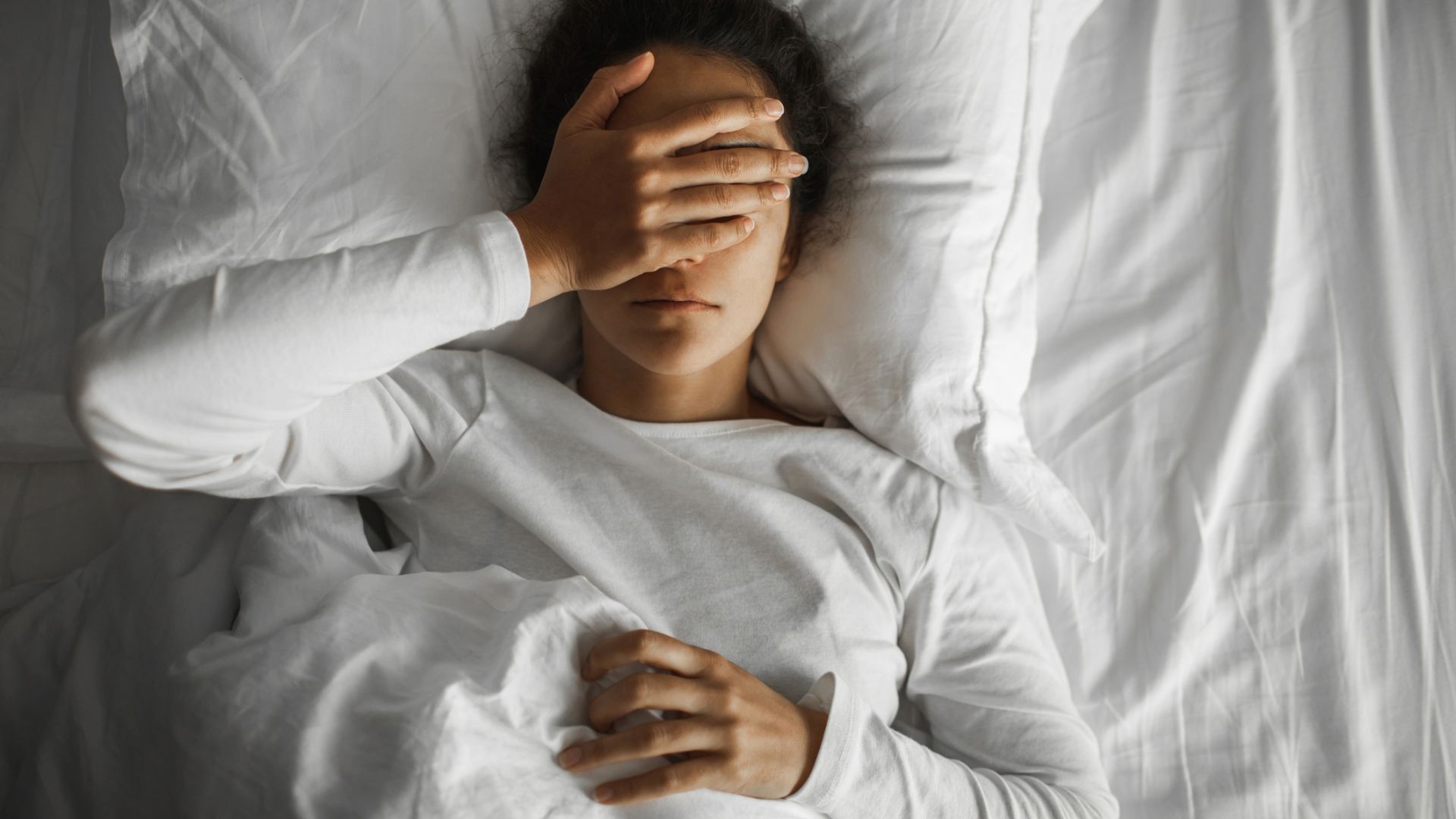Updated on August 28, 2024
Chronic migraine is a neurological condition and headache disorder where a person experiences 15 or more headache days per month, with migraine symptoms on 8 or more of those days. For a diagnosis of chronic migraine, these symptoms must persist for at least 3 months. Fewer headache days and migraine attacks are classified as episodic migraine, though some people will alternate between states of chronic and episodic.
The primary focus of treatment for chronic migraine should be 1) preventing migraine attacks; and 2) being prepared for migraines when they occur. This will typically involve avoiding migraine triggers. It will also involve therapies that prevent and treat migraines:
- A preventive therapy is taken continuously to prevent migraines from occurring.
- An acute therapy is taken to shorten the duration and lessen the symptoms of migraines when they occur.
Quality of life is also an important consideration in the treatment of chronic migraine.
Chronic migraine and quality of life
Quality of life is a concept that refers to a person’s overall physical, mental, and social well-being, an assessment of what a person considers the positive and negative elements in their life. It can be difficult to define, as everyone prioritizes the different elements of their life in their own way.
However, quality of life is a relevant topic when managing a health condition, including chronic migraine. Chronic migraine is a potentially disabling condition that can impact many aspects of a person’s life, including health, relationships, work, finances, and mental health.
There are several therapies recommended for improving quality of life for people with chronic migraine. These therapies are not a substitute for treatment, but they may be worth discussing with a healthcare provider.
Regular exercise
Staying physically active promotes good overall health. Some studies have found that moderate-intensity aerobic exercise and yoga can reduce migraine symptoms for some people. Because exercise can be a migraine trigger, and different forms of exercise carry a different risk of injury for different people, it’s a good idea to talk to a healthcare provider before starting a new exercise program.
Relaxation training
Stress is one of the most commonly reported migraine triggers. Relaxation training focuses on reducing the body’s stress response. It can involve breathing exercises, muscle relaxation, mindfulness practices, and autogenic training, which involves visualizations and repeated phrases. Relaxation training is different than scheduling time to relax (which is also helpful) and is typically guided by a healthcare provider.
Cognitive-behavioral therapy
Cognitive-behavioral therapy (CBT) is a type of psychological therapy that is used in the treatment of many different health conditions. It involves working with a mental health professional, and it aims to change behavior and thinking—for example, changing how one responds to stress or pain. Research has found that CBT can help with chronic migraine pain and headache frequency.
Biofeedback
Biofeedback combines relaxation techniques with electronic sensors and machines that provide real-time information on things like heartrate, breathing, and muscle tension. The goal of biofeedback is to gain better awareness—and control—over what is happening in the body. It is a commonly used treatment for migraine and headache.






